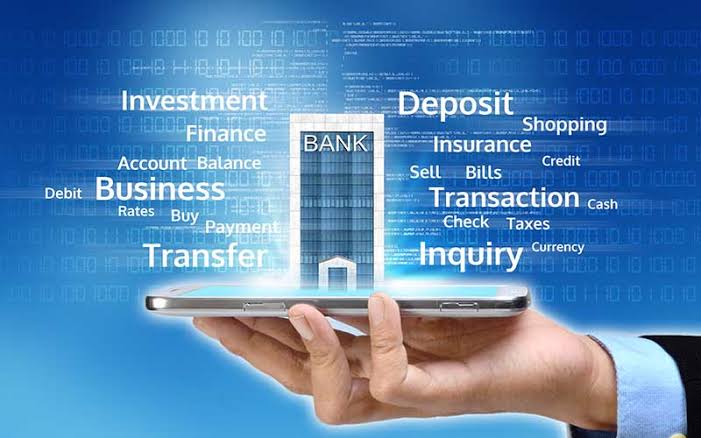Explore the benefits of using smartphones for mobile banking and financial transactions, from convenience and accessibility to enhanced security and financial inclusion. Learn how smartphones revolutionize financial management, promoting efficiency and empowering users in the digital era.
The Benefits of Using Smartphones for Mobile Banking and Financial Transactions
In recent years, smartphones have revolutionized the way people manage their finances, offering convenience, accessibility, and security for conducting banking transactions on the go. This article explores the myriad benefits of using smartphones for mobile banking and financial transactions, highlighting their impact on individuals, businesses, and the financial sector at large.
Introduction to Mobile Banking and Financial Transactions
Mobile banking refers to the use of mobile devices, primarily smartphones, to perform various banking activities such as checking account balances, transferring funds, paying bills, and accessing financial services. This technology has reshaped the financial landscape, enabling users to manage their money anytime, anywhere, without the constraints of traditional banking hours or physical branch locations.
Convenience and Accessibility
One of the primary benefits of mobile banking is the unparalleled convenience it offers to users. With smartphones, individuals can access their bank accounts and conduct transactions with a few taps on their screens. Whether at home, work, or on the go, users have immediate access to their financial information and can perform essential tasks without visiting a bank branch. This convenience saves time and reduces the need for in-person banking, making financial management more efficient and flexible.
24/7 Availability and Real-time Transactions
Smartphones enable users to conduct financial transactions 24 hours a day, seven days a week. Unlike traditional banking methods that operate within set business hours, mobile banking services are available around the clock, providing users with real-time updates on their account balances, transaction histories, and pending payments. This real-time access allows for timely decision-making and greater control over financial activities, enhancing overall financial management.
Cost Efficiency and Reduced Transaction Fees
Mobile banking often eliminates or reduces transaction fees associated with traditional banking services. Many financial institutions offer mobile banking apps and services free of charge, allowing users to save money on fees for services such as ATM withdrawals, paper statements, and account maintenance. Additionally, the ability to conduct transactions digitally reduces the reliance on cash transactions, lowering the risk of loss or theft associated with carrying physical currency.
Enhanced Security Measures
Security is a critical concern for mobile banking, and smartphones are equipped with advanced security features to protect users' financial information. Biometric authentication, such as fingerprint scanning and facial recognition, adds an extra layer of security, ensuring that only authorized individuals can access banking apps and perform transactions. Moreover, encryption technologies safeguard data transmitted between the smartphone and banking servers, protecting against unauthorized access and cyber threats.
Integration with Financial Management Tools
Smartphones facilitate seamless integration with various financial management tools and applications. Users can link their banking accounts to budgeting apps, investment platforms, and digital wallets, allowing for comprehensive financial planning and analysis. This integration provides users with a holistic view of their financial health, enabling them to track expenses, set savings goals, and make informed financial decisions based on real-time data and insights.
Accessibility to Financial Services for the Unbanked Population
Mobile banking has expanded access to financial services for underserved and unbanked populations, particularly in rural and remote areas where traditional banking infrastructure is limited. By leveraging smartphones and mobile networks, financial institutions can reach a broader audience, offering basic banking services and promoting financial inclusion. Mobile banking empowers individuals with limited access to physical banks to manage their money, save for the future, and participate in formal financial systems.
Facilitation of Cashless Transactions
The adoption of smartphones for mobile banking has contributed to the growth of cashless transactions and digital payments. Users can transfer money electronically, make online purchases, and pay bills directly from their smartphones, reducing reliance on physical currency and promoting a more efficient payment ecosystem. Cashless transactions improve financial transparency, reduce the risks associated with cash handling, and support economic activities by facilitating faster and more secure payments.
Customer Engagement and Service Innovation
Smartphones enable financial institutions to enhance customer engagement through personalized banking experiences and innovative service offerings. Mobile banking apps often feature interactive interfaces, customized alerts, and proactive notifications that keep users informed about account activities and promotions. Moreover, banks can leverage data analytics and artificial intelligence to offer tailored financial advice, recommend relevant products, and improve customer satisfaction and loyalty.
